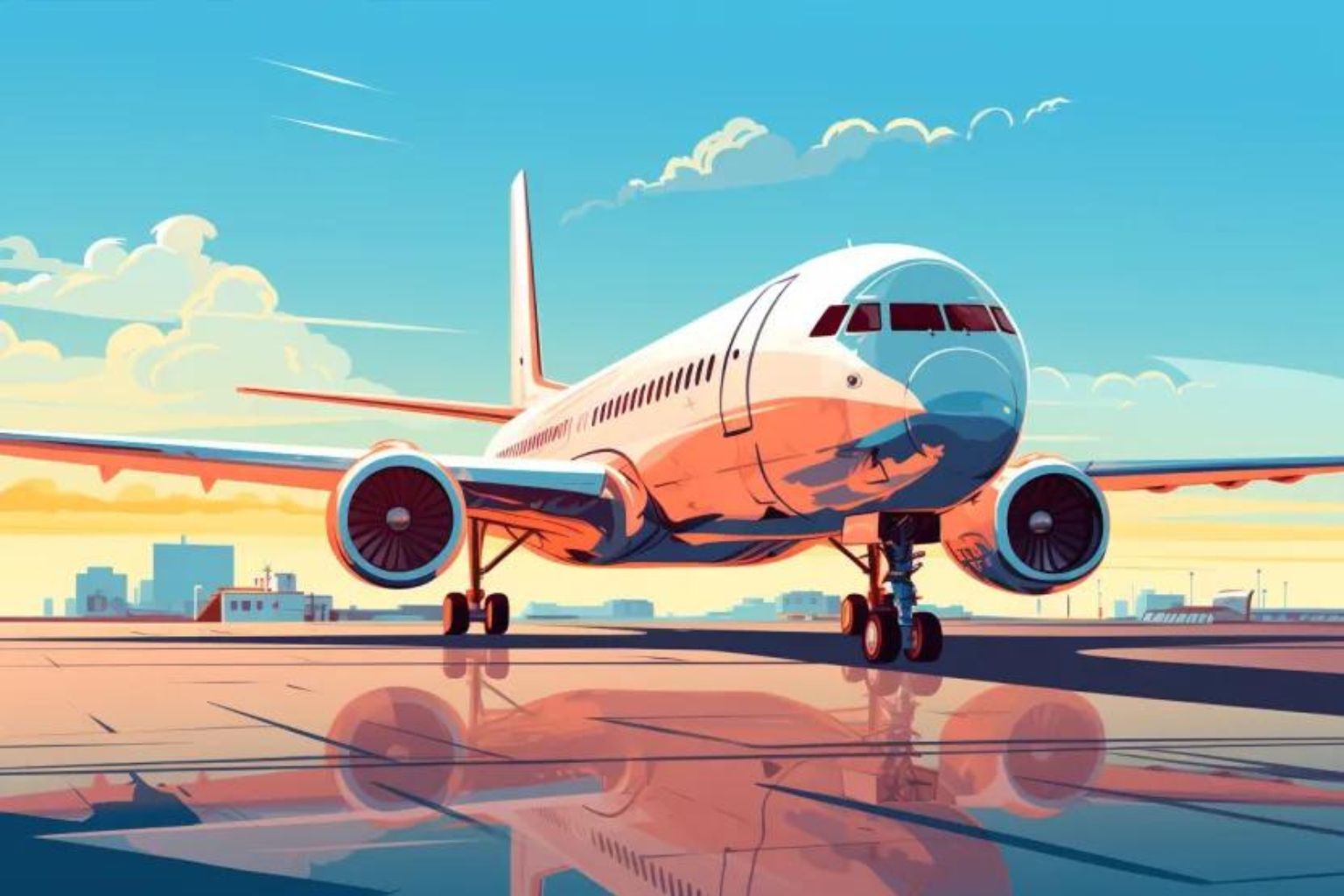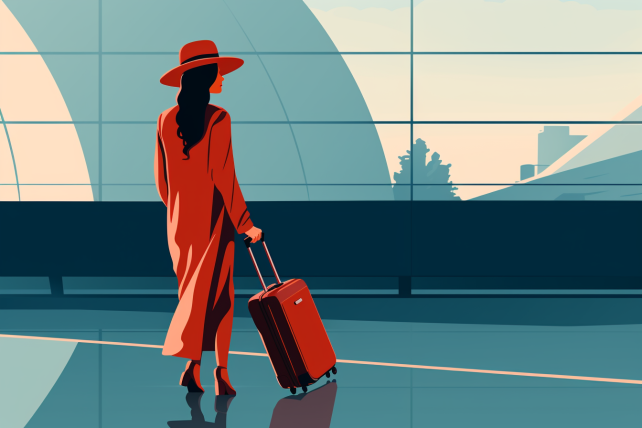The Halloween weekend stranding of more than 1,000 airline passengers at Bradley International Airport in Hartford, Conn., brought the tarmac delay activists out in full force again, pushing for new laws that they claim would prevent lengthy ground delays.
The circumstances were admittedly dreadful. On Oct. 29, air traffic controllers diverted 28 flights to Hartford after a freak snowstorm hammered the region. Planes were grounded for hours in the blizzard, unable to reach the terminal. Supplies of food and water dwindled. Toilets became clogged. Tempers flared.
In response, help may be on the way from Washington. On Monday, the U.S. Transportation Department wrote its first ticket for a tarmac delay, a $900,000 fine against American Eagle Airlines for keeping hundreds of passengers stuck on a plane in Chicago this year. The Federal Aviation Administration and the Transportation Department also announced that they would hold a forum Nov. 30 to find better ways to handle aircraft diversions. And the current version of the FAA reauthorization bill would enshrine existing federal regulations limiting the length of time a plane can wait on a tarmac into law.
The haphazard airline tarmac delays
“The haphazard airline tarmac delays that occurred in Hartford to airline passengers have happened one too many times, and frankly, it’s unjustifiable,” Sen. John D. Rockefeller IV (D-W.Va.) told me. “Passengers’ rights need to be strengthened so events like this never happen again. That’s exactly why I have made airline passenger rights a priority in the Senate FAA bill.”
I can’t argue with the fact that airline passengers have few rights and that they could stand to have a few more. The Transportation Department and FAA should be meeting — indeed, should have met years ago — to discuss this issue.
But do legislators really need to dedicate so much effort to an issue that affects next to no one and is already heavily regulated?
The impact of recent regulations
Let’s look at August, the last month for which numbers are available. It had just three delays of more than three hours out of 541,442 scheduled flights, according to the Transportation Department. The previous month? One flight out of 547,219.
The government has been monitoring excessive tarmac delays since a Northwest Airlines flight was grounded during a 1999 snowstorm at Detroit’s Metro Airport, leaving passengers without water or working toilets for more than seven hours. Efforts were well underway to address the issue even before the latest gang of tarmac activists parachuted into DC, and there was a consensus that the new regulations, the last of which went into effect in August, would fix whatever problem remained.
But if the FAA bill had passed before the latest incident, would it have made any difference?
To find out, I interviewed everyone involved in the latest tarmac stranding: the two major airlines affected, JetBlue Airways and American Airlines; airport officials; and the federal and Connecticut transportation departments.
Prolonged airport delays and unforeseen challenges
Although several investigations are ongoing, all parties seem to agree that a variety of factors led to the lengthy delays, including weather, power outages, air traffic control and inadequate facilities.
For instance, an American Airlines flight from Paris diverted to the Connecticut airport couldn’t move because of issues related to U.S. customs.
“After landing, our dispatch center staff twice asked customs to process our passengers so they could leave the plane,” said Tim Smith. He is a spokesman for American. “Customs, with a very small staff at Hartford, said it was first-come, first-served. We were the last international flight in.”
American asked for permission to unload the passengers to a departure lounge in the terminal until customs could process them. The request was denied. More than seven hours later, the passengers were let off the plane.
Hartford, meanwhile, had even bigger problems, according to Judd Everhart, a spokesman for the Connecticut Department of Transportation. “Virtually the entire airport lost power,” he told me.
Addressing system failures
About 6 p.m., the systems shut down one by one, including the Federal Inspection Station, the fuel farm, air traffic control, the Army and Air National Guard installations, the fire stations, Federal Express and UPS, the cargo facilities, the parking garage, the remote lots and all remote rental-car facilities. Backup generators restored power to some of the essential facilities, including the main terminal.
Would the proposed measures in the FAA bill have helped?
Of course not, said Michael Miller, a vice president at the American Aviation Institute. Like many others, the tarmac delays in Connecticut were not caused by just one thing. It was caused by a set of circumstances that an airline can’t control. In this case, the weather and the decisions made by air traffic controllers. “Law or no law, an airline still needs air traffic control permission to move a jet just one inch,” he said.
I checked with a Senate staff member on the benefits of writing the current federal regulations into law. She told me it was necessary to ensure that a future administration can’t get rid of the current regulation or waive it. Also, the new law would go further than the existing regulations by subjecting airports to a civil penalty for holding passengers on the tarmac. (Here’s what to do if your flight gets delayed or canceled.)
Tarmac-delay provisions in the FAA bill
I would happily support the tarmac-delay provisions in the FAA bill. Only if I thought they were anything more than grandstanding by a few misguided activists. Or if I didn’t think that the legislators supporting the bill were only doing so because they’ve grown weary of incessant whining by these special interest groups and their wrongheaded insistence that tarmac delays are the most pressing issue for the traveling public. (Related: Tarmac-delay rule gives air travelers more respect.)
The truth is, no law could have brought any of the planes back to the gate any faster in Hartford. What’s more, because tarmac delays represent such an infinitesimally small problem for air travelers, the disproportionately lengthy discussion we’ve had about them in the past several years — including the one we’re having right now — has diverted public attention from the truly important issues that affect all airline passengers.
I’m afraid that tarmac delays have set the cause of passenger rights back by decades. It’s a shortsighted fascination for which all air travelers will almost certainly suffer.




